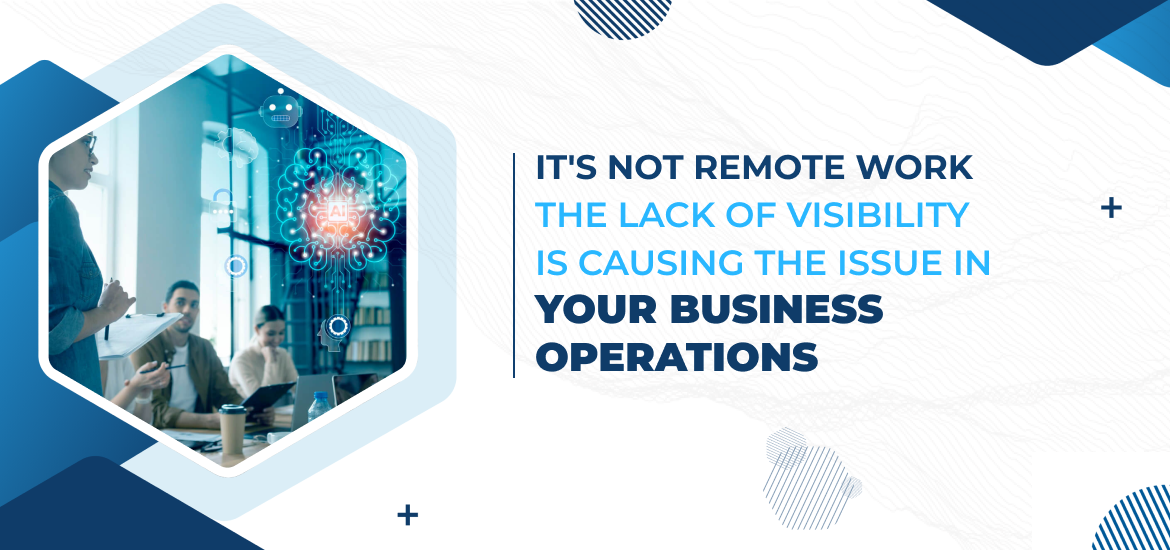
Leave Management System
Tips For Choosing the Right Leave Management System For Your Business
May 27th, 2025
Do “where’s my leave request?” emails flood your inbox daily? Is calculating PTO accruals a monthly headache that steals precious hours? If you’re nodding along, you’re not alone. Managing employee leave can be a surprisingly complex and time-consuming task, often riddled with manual errors, compliance risks, and employee frustration. But what if there was a better way?
What if you could streamline approvals, gain crystal-clear visibility into team availability, and ensure every absence aligns perfectly with company policy and labor laws? This blog post will guide you through the essential tips for choosing the right leave management system that can transform your HR operations, boost efficiency, and keep your employees happier.
Know Your Business Needs and Current Processes
Before you even start looking at software, the most crucial step is to deeply understand your own organization. This internal audit will serve as the foundation for your requirements.
Analyze Your Company Size and Structure
When selecting a leave management system, thoroughly analyzing your company’s size and organizational structure is paramount, as it directly dictates the necessary complexity and features.
Small businesses, typically with 1-50 employees, should prioritize simplicity, cost-effectiveness, and rapid setup, often finding basic systems with core functionalities like leave requests, approvals, and balance tracking sufficient, with minimal integration requirements.
Medium-sized businesses, generally ranging from 50-500 employees, will likely need more sophisticated features, including highly customizable leave policies, multi-level approval workflows, detailed reporting capabilities, and seamless integration with existing HRIS or payroll systems, making scalability a growing concern.
In contrast, large enterprises, exceeding 500 employees, face inherent complexity, demanding robust and extensively customizable systems capable of managing diverse departmental policies, multiple locations (potentially international with varying labor laws), advanced analytics, intricate integrations, and enterprise-grade security with granular user roles and permissions.
Furthermore, whether your company operates with a flat or hierarchical structure significantly influences the complexity of the approval workflows required from the system.
Document All Your Leave Policies and Types
A crucial preliminary step in selecting a leave management system is meticulously documenting all your company’s existing leave policies and their specific characteristics. This includes listing every standard leave type offered, such as Paid Time Off (PTO), Sick Leave, Casual Leave, Earned Leave, Bereavement Leave, Parental Leave (Maternity/Paternity), Sabbatical, Compensatory Off (Comp-Off), and Public Holidays.
For each, define the precise accrual rules—whether leave is accrued monthly, yearly, based on hours worked, or as a fixed allocation, noting any varying rates for different employee groups or based on tenure. Furthermore, clearly outline eligibility criteria, including any probationary periods, and detailed carryover policies, including limits for unused leave. Specify if leave encashment is permitted and how it is calculated, along with any minimum or maximum days that can be taken at once for particular leave types.
Identify Current Pain Points and Challenges
Since you’re looking for a new and correct leave management system for your business, you should have a clear idea why you’re looking for it! Before choosing the leave management system, identify pain points and challenges in the existing system.
Identify existing pain points by assessing if manual processes like spreadsheets or emails cause errors, delays, and a lack of real-time data. Evaluate whether time-consuming approvals create bottlenecks, and if a lack of visibility hinders workforce planning. Consider any compliance risks related to adhering to labor laws and audit accessibility. Also, determine if employee frustration stems from difficulty checking balances or submitting requests, if data inconsistencies exist between systems, and if reporting deficiencies prevent easy analysis of leave trends or absenteeism.
Consider Employee Demographics and Technical Savvy
When selecting a leave management system, it’s crucial to consider your employee demographics and their technical comfort. If you have a significant remote or distributed team, a cloud-based system with robust mobile access isn’t just an advantage, it’s a necessity.
Similarly, distinguish between desk-bound employees with consistent computer access and non-desk employees in roles like manufacturing, retail, or field work; for the latter, mobile accessibility becomes paramount. Finally, assess your employees’ digital literacy as this will directly influence the importance of an intuitive, user-friendly interface and the amount of training required for successful adoption.
Define Your Budget
I know you’re not gonna miss this anyway, but defining your budget is unavoidable. Most modern solutions are subscription-based (SaaS), so understand if pricing is structured per user, per feature set, or tiered by employee count. Always inquire about potential hidden costs, such as setup, implementation, training, ongoing support, or fees for integrations and custom development. While precisely quantifying it can be challenging, factor in the long-term Return on Investment (ROI), which includes savings in HR time, reduced errors, improved compliance, and enhanced employee satisfaction.
Essential Leave Management System Features to Prioritize
- Automated Leave Accruals and Balance Updates: The system must automatically calculate and update leave balances based on defined policies (e.g., monthly, yearly, per hours worked), eliminating manual errors and saving HR significant time.
- User-Friendly Employee Self-Service Portal: Employees should have an intuitive interface to easily view their leave balances, submit requests, check approval statuses, and access their leave history from any device, including mobile.
- Customizable Leave Policies and Approval Workflows: The system needs to be flexible enough to configure all your specific leave types (PTO, sick leave, parental leave, etc.), their unique rules, and multi-level approval processes tailored to your organizational hierarchy and different departmental needs.
- Centralized Leave Calendar and Real-time Visibility: A clear, shared calendar showing all approved and pending absences across teams or the entire organization is crucial for workforce planning and preventing scheduling conflicts. Real-time data access for HR and managers is paramount.
- Robust Reporting and Analytics: The ability to generate comprehensive reports on absenteeism, leave usage patterns, accrual details, and compliance data is essential for informed decision-making and strategic workforce management.
- Compliance Management and Audit Trails: The system must aid in adhering to local and national labor laws related to leave entitlements and record-keeping. A complete audit trail of all leave transactions is necessary for transparency and regulatory compliance.
- Mobile Accessibility: Given today’s diverse workforces, including remote and non-desk employees, a dedicated mobile app or a highly responsive web interface is critical for convenient leave management on the go.
- Automated Notifications and Alerts: Timely automated notifications for leave requests, approvals, denials, and upcoming absences for both employees and managers significantly improve communication and efficiency.
Also Read – Why Manual Leave Tracking System is Costing You More Than You Think
Choose The Correct Leave Management System
The right leave management system isn’t just about tracking days off; it’s about maintaining transparency, ensuring compliance, boosting HR efficiency, and significantly enhancing employee satisfaction. If you’re seeking a solution that embodies these crucial aspects, consider TaskOPad.
With TaskOPad you get a leave management system along with the fully-featured task management system. You don’t need to invest in multiple tools. It offers a smooth interface for easy leave application and clear leave application workflow, with all the organizational customization, and regularization options. Book your free demo now and see how TaskOPad can be a game-changer for your leave management and task management process.
Search by posts
Search by posts
Recent posts
7-15-2025
Task Management Software
How to Choose the Best Task Management Software for Your Digital Marketing Agency
6-28-2025
Project Tracker Tool
Top 8 Steps to Execute Tasks Systematically for Accomplishing Your Project
6-27-2025
Project Management Software











